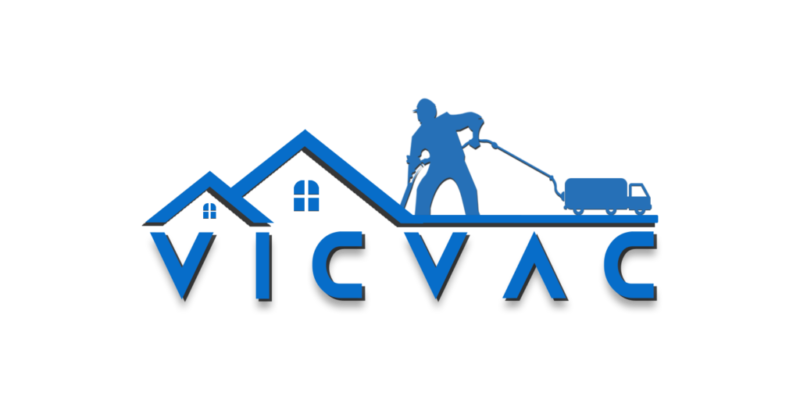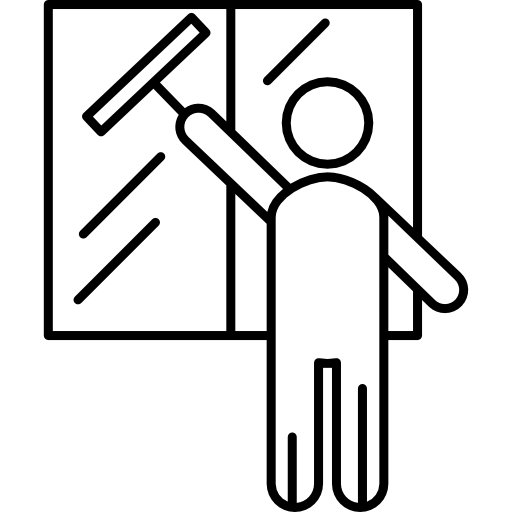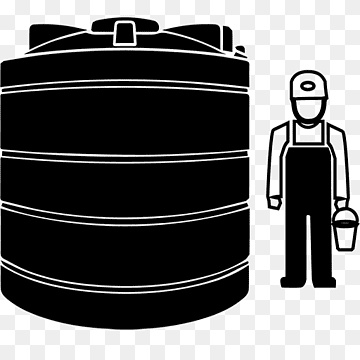We give the best Services
Don’t be concerned about loose and squeaky floor tiles; Vic Vac Services has you covered! Our easy-to-use repair process will successfully reattach your floor tiles without the need for removal and in record time. Our repair options will get your tiles repaired fast, cleanly and affordably, whether they are indoors or outside, in your bathroom or on your patio!
Replacement and repair of loose, cracked, chipped, broken, or discoloured tiles on your walls, flooring, stairs, swimming pool, or wherever else you have tiles installed in your house or office.
Vic Vac Services is your tile regrouting, tile stripping, and minor tile repair expert. If you need help repairing or restoring your old or new floors, or if you need a professional to do it for you, you’ve come to the right place.
Service Overview
Vic Vac Services provides specialised regrouting, replacement, restoration and repair solutions for all types of floors
Replacing old tiles can be expensive and time-consuming, we offer tile repair services that save your time and your cash!
Not only is cheaper than full tile replacement, it’s quicker! Your floors will be ready for foot traffic again in just a few hours!
Our repair solutions will have them fixed quickly, cleanly, and cheaply! A permanent and guaranteed repair solution!

Service Quality
Damage tiles, such as cracked, chipped, scratched, or stained tiles, can negatively impact the overall aesthetic of a space and may even pose a safety hazard if not addressed


Have you Any Question?
Sometimes it can—but there are a couple caveats to remember:
The existing surface needs to be completely level, including lines of grout, and not have any damage, mildew, or warping that will affect the new layer.
It's a bad idea to cover heavy floors with another heavy layer unless the foundation underneath is firm concrete, because otherwise the weight could cause structural damage.
The existing surface needs to be completely level, including lines of grout, and not have any damage, mildew, or warping that will affect the new layer.
It's a bad idea to cover heavy floors with another heavy layer unless the foundation underneath is firm concrete, because otherwise the weight could cause structural damage.
It really depends. The key determining factor is what's underneath. It could be cement, some kind of underlay like plywood or mason board, or even (as we saw in the previous question) another layer of flooring.
The type of surface that the material is bonded to can make it pretty easy to rip up, or a total nightmare—and you usually don't know which until you've gotten started. Even in the best circumstances, removing tile is a lot of hard labor that can take anywhere from a few hours to several days.
The type of surface that the material is bonded to can make it pretty easy to rip up, or a total nightmare—and you usually don't know which until you've gotten started. Even in the best circumstances, removing tile is a lot of hard labor that can take anywhere from a few hours to several days.
The easiest way to decide is to simply choose a size that matches the size of the area you're working with. Large areas, like floors in bigger rooms, should have larger pieces, while smaller areas such as a kitchen sink backsplash can (and should) use much smaller pieces—sometimes only a couple of inches or even smaller.











